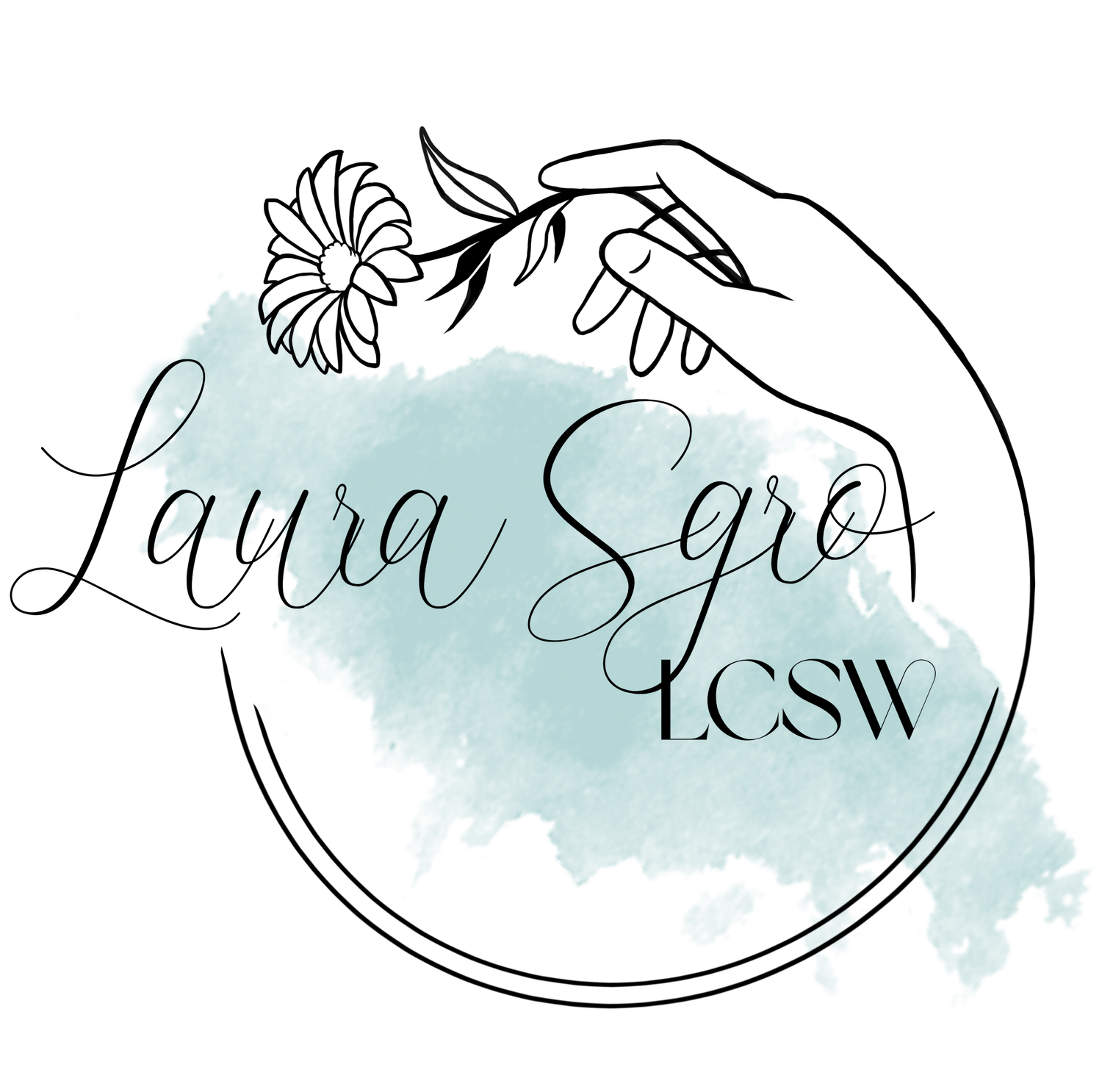What Are Relationship Green Flags — And What Do They Look Like?
Happy February! Since it’s the month of love (according to consumerism, anyway), let’s shift our focus to something that doesn’t get nearly enough attention: green flags in relationships.
While we often spend time scanning for red flags — because we all want to avoid emotional disaster — how often do we pause and reflect on what makes a relationship truly healthy and fulfilling?
Knowing what to avoid is important, but knowing what to move toward is just as crucial.
What are green flags?
Green flags are the positive signs that a relationship — romantic, platonic, familial, or otherwise — has a solid foundation built on mutual respect, trust, and emotional safety. These are the behaviors and dynamics that foster security, alignment, and connection. No relationship is without its challenges, but green flags indicate that a relationship has the foundation, tools, and commitment to navigate those challenges in a healthy way.
Recognizing green flags is especially powerful for those healing from anxious attachment, relational trauma, or past unhealthy relationship patterns. If you’ve experienced relationships where trust was broken or boundaries weren’t respected, it can feel foreign to be in a dynamic that is secure and healthy. Sometimes, it even feels boring at first (but trust me, your nervous system will thank you in the long run).
So, what should you be looking for? Here are some key green flags that signal a relationship is on the right track:
7 green flags in relationships to look out for:
1. You Feel Safe With This Person
Your body knows before your brain does. A major green flag is when your nervous system feels at ease with someone. Pay attention to how your body responds in their presence — do you feel calm, relaxed, and safe? Or do you feel on edge, anxious, or like you have to shrink yourself? A healthy relationship should bring you a sense of peace, not emotional whiplash.
2. You Feel Like You Have a Voice and a Choice
In any healthy relationship, there’s room for both people to express themselves honestly and make their own decisions. You don’t feel coerced, guilted, or pressured into things. Your opinions are valued, your autonomy is respected, and your voice matters. Even during disagreements, there is space for both parties to hear each other out.
3. Your Boundaries Are Honored and Respected
Boundaries are the foundation of any healthy connection. When you set a boundary, a supportive person acknowledges and respects it, even if they don’t fully understand it. While compromise is part of relationships, you should never feel like you have to justify or defend your needs. If someone continuously pushes past your boundaries or makes you feel guilty for having them, that’s a red flag in disguise.
4. This Person Avoids Words Like “Always” and “Never” During Conflict
Conflict is inevitable in any relationship, but how it’s handled makes all the difference. A green flag is when someone communicates fairly, without resorting to all-or-nothing thinking (such as “You never listen to me!” or “You always do this!”). These extreme statements hijack the conversation and create defensiveness, which makes it harder to resolve issues. Instead, a healthy communicator expresses concerns in a way that invites understanding rather than blame.
5. You Can Express Your Feelings Without Guilt or Shame
A safe relationship is one where you don’t have to suppress your emotions out of fear of judgment or retaliation. Your feelings — whether they “make sense” or not — are met with empathy and curiosity rather than dismissal. (Of course, we’re responsible for how we express emotions, but having feelings in the first place? 100% valid.)
6. You Want to Integrate This Person Into Your Life
A healthy relationship is one you feel proud of. You’re not making excuses for someone’s behavior or hiding them from friends and family. Instead, you feel genuinely excited to introduce them to the people who matter to you because they add value to your life, and you want to share that.
7. They Actively Make You Feel Loved, Desired, and Cared For
Love is more than just words; it’s action. A strong green flag is when someone makes an effort to meet your emotional needs, not because they have to, but because they genuinely care. This looks different for everyone based on individual needs, love languages, and personal history, but the key is effort. When someone shows up for you in ways that feel meaningful, it fosters deep trust and connection.
Remember - green flags go both ways.
While it’s important to look for these green flags in others, it’s just as essential to embody them in your own relationships. Healthy relationships are a two-way street, built on reciprocal care and effort. Ask yourself:
Do I communicate with honesty and kindness?
Do I respect others' boundaries, even when they’re different from mine?
Do I take responsibility for my part in conflicts instead of blaming or shutting down?
Recognizing and prioritizing green flags can be a transformative step toward healing relationship wounds and building healthier connections. The more you tune into these positive patterns, the easier it becomes to trust relationships that offer security, rather than chasing the highs and lows of something unstable.
So, if you’ve ever found yourself wondering, What does a healthy relationship even look like? — now you have a guide. And remember, you deserve to be in relationships that feel safe, supportive, and aligned with your needs. 💖

